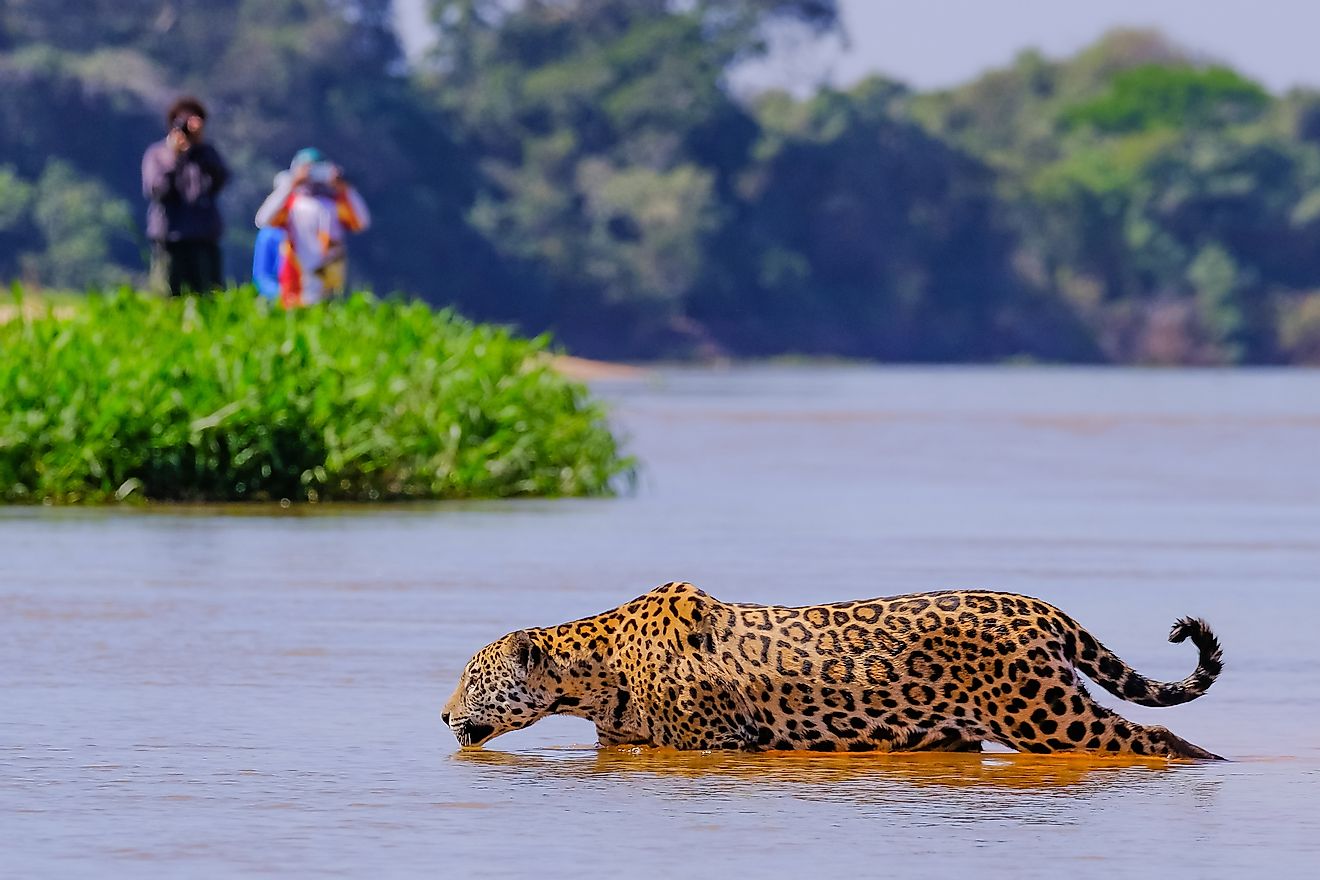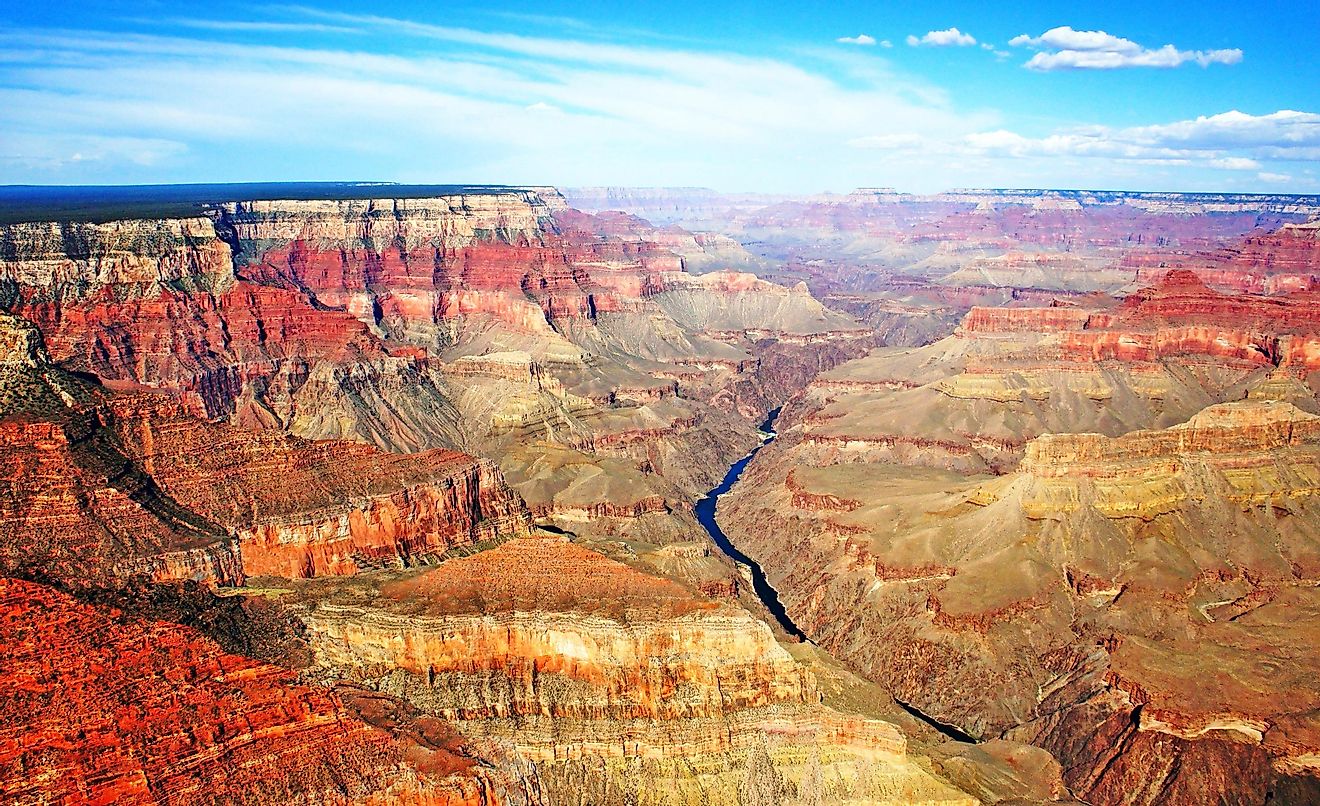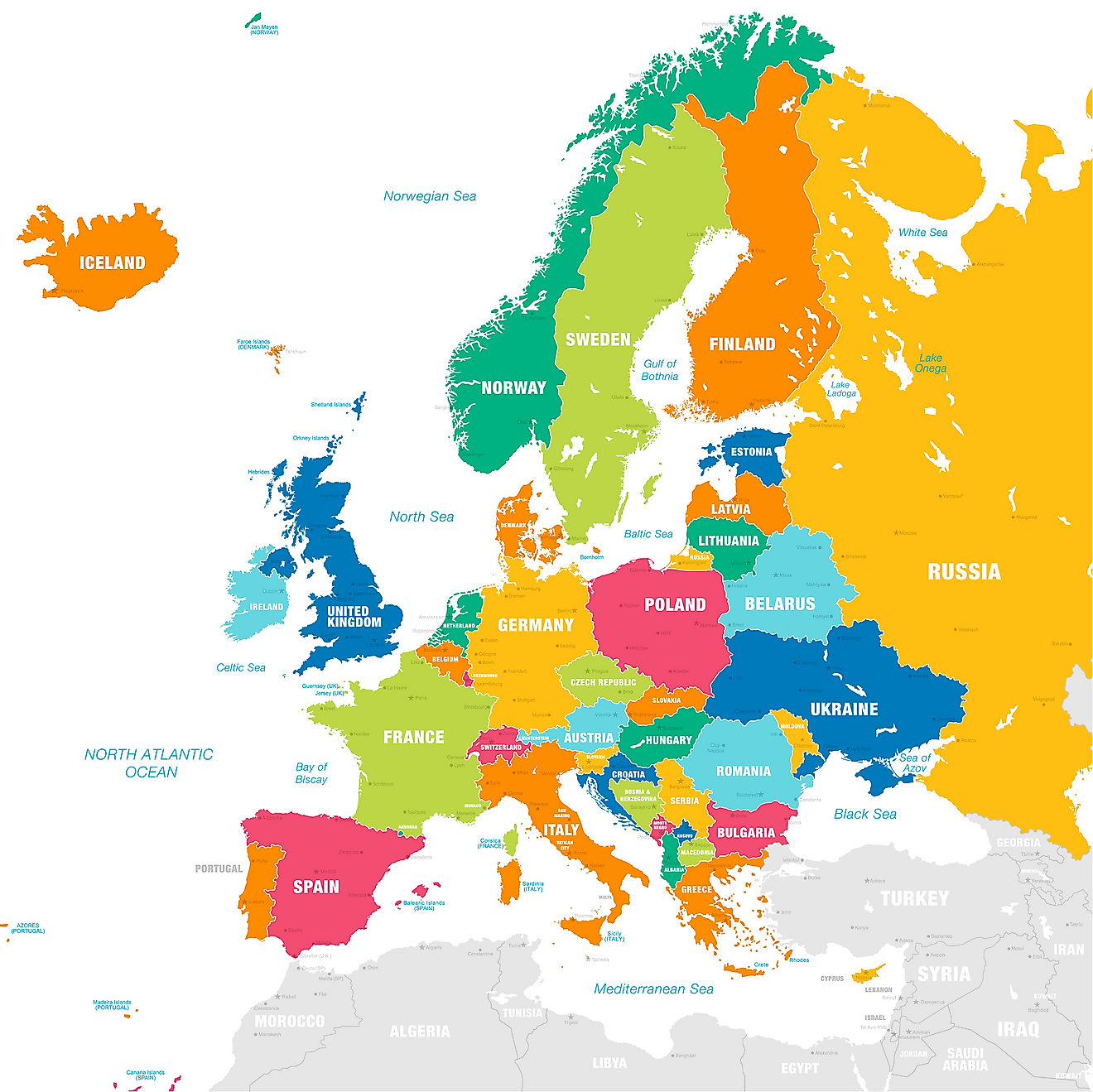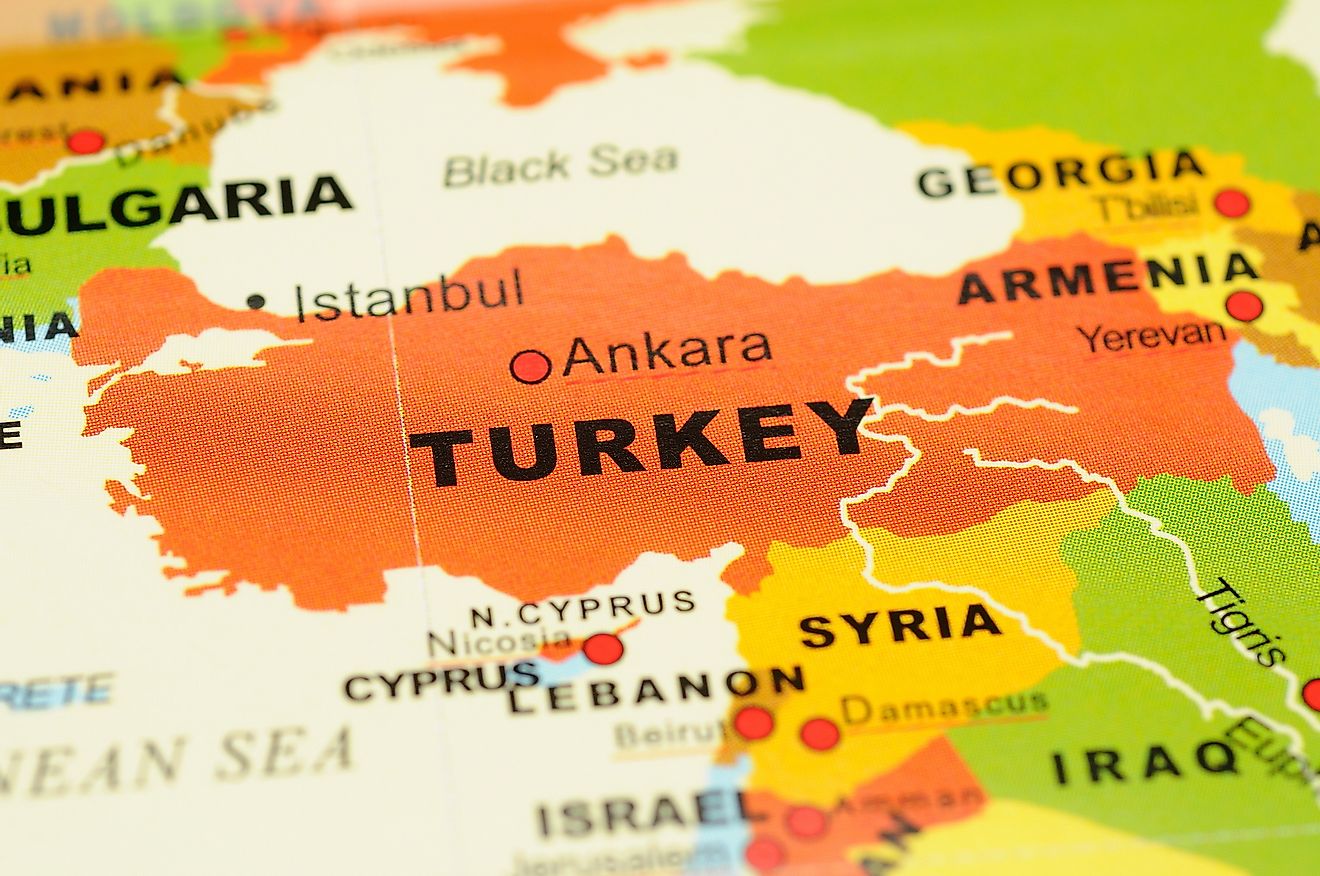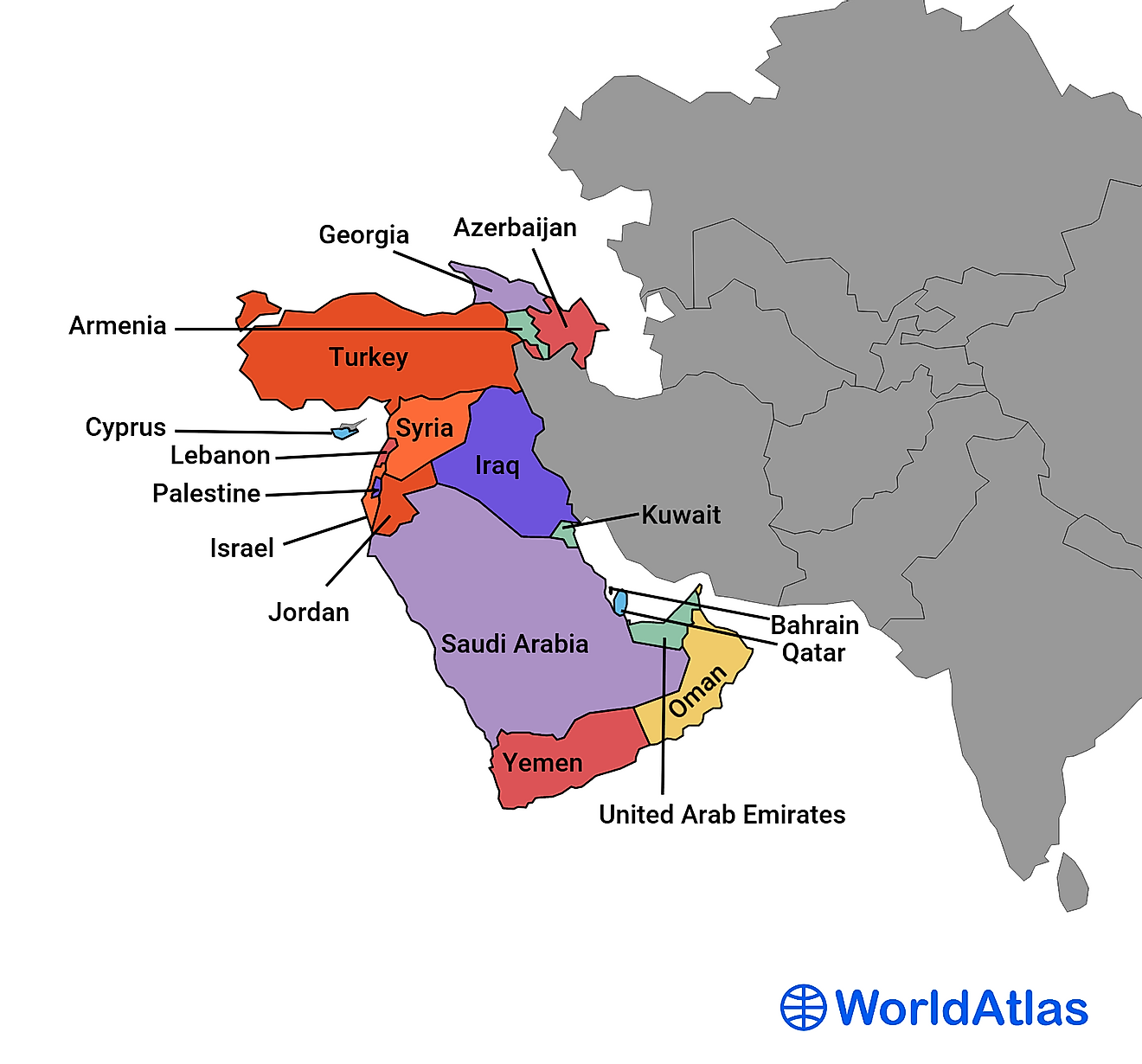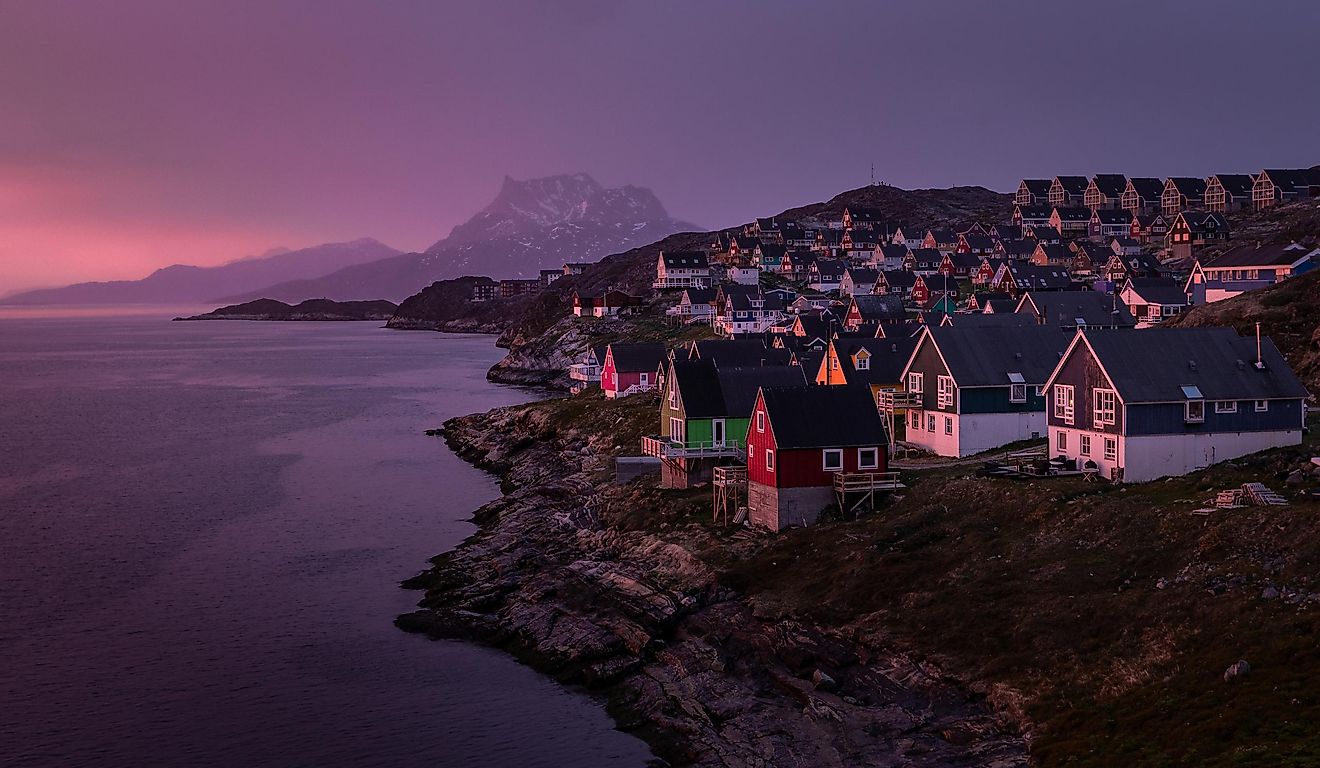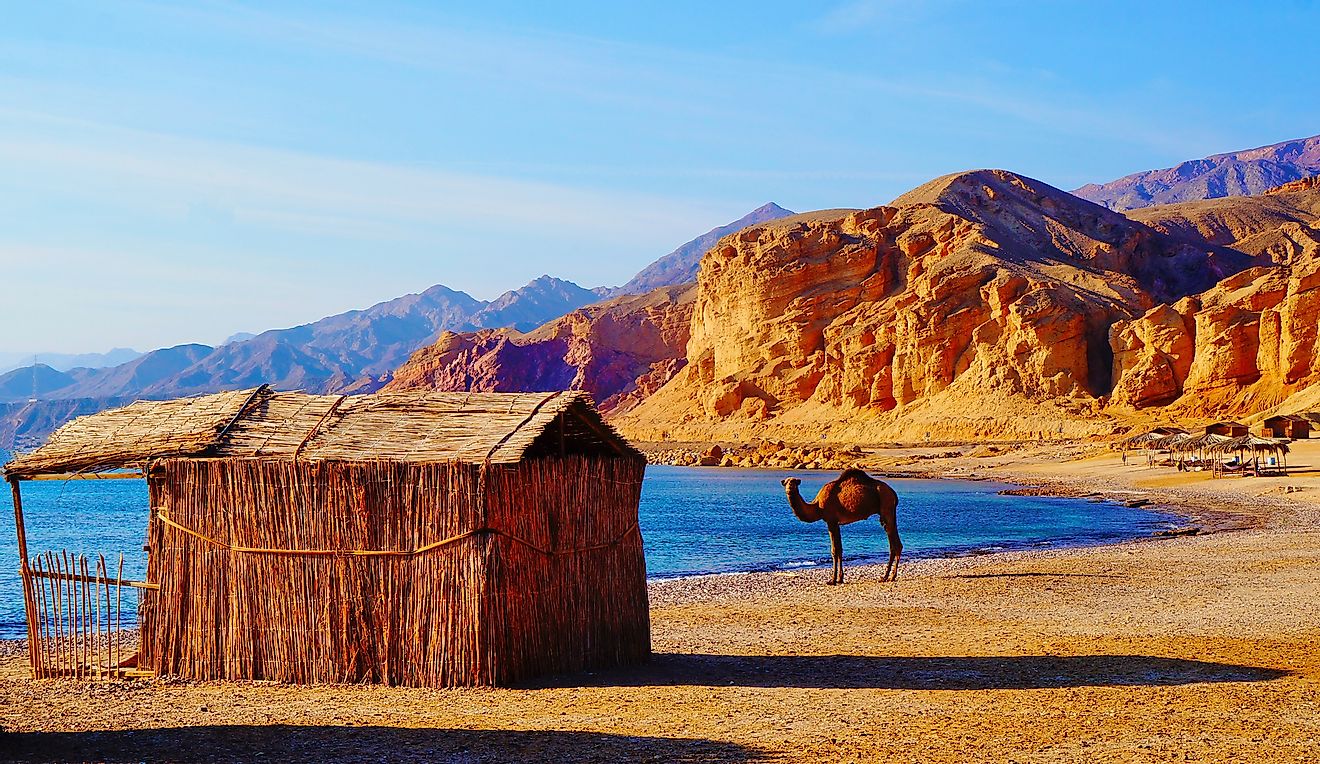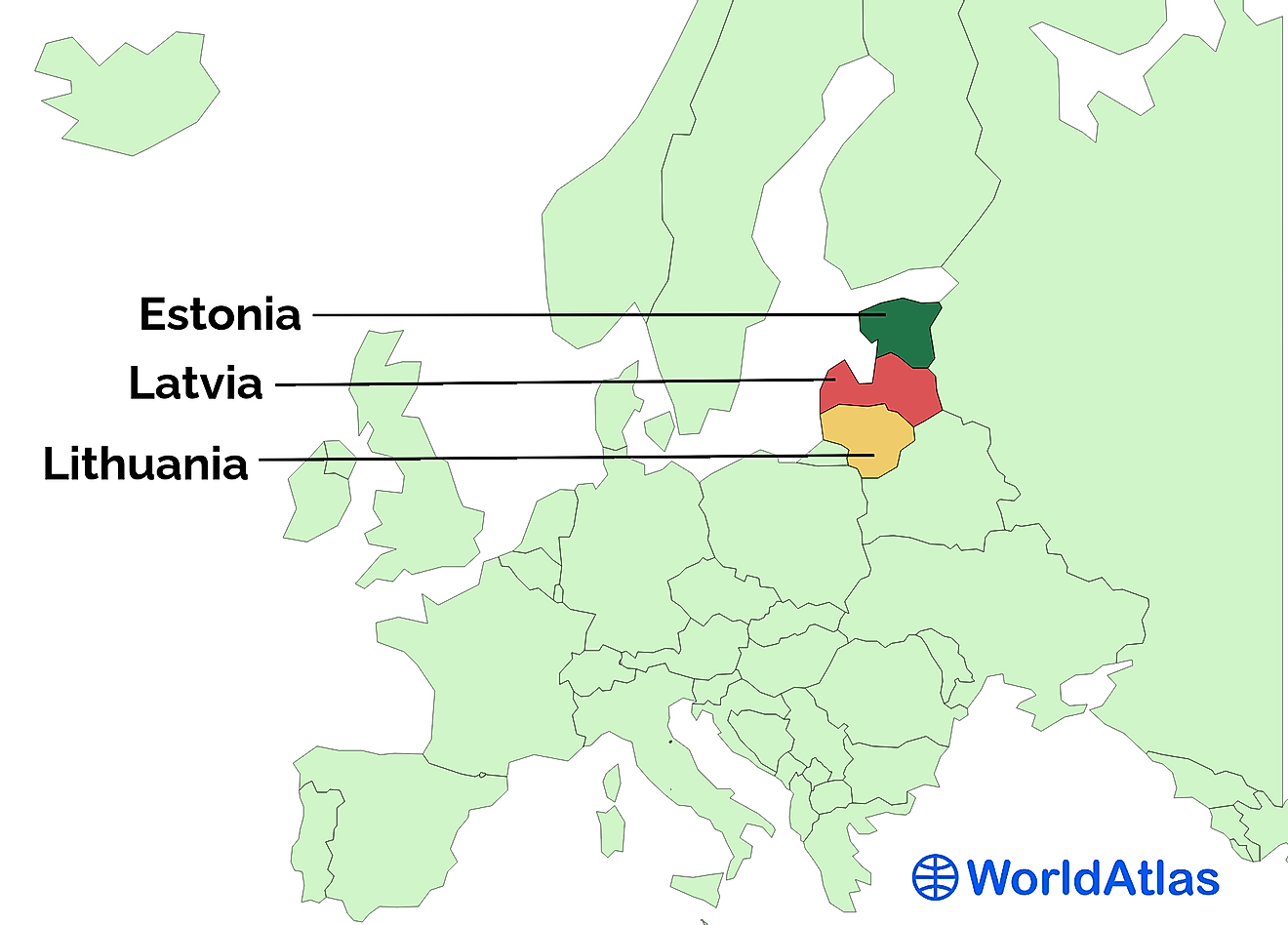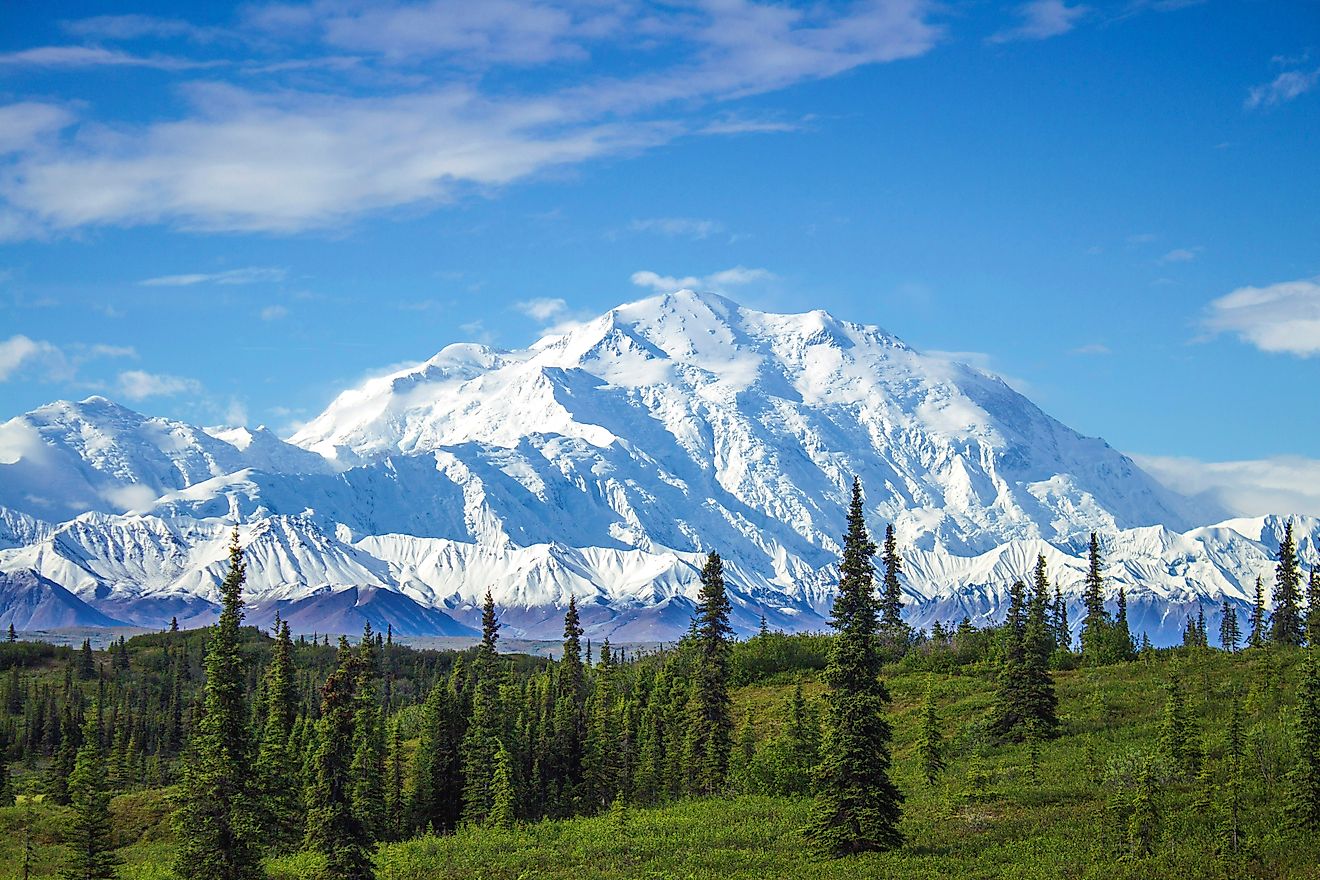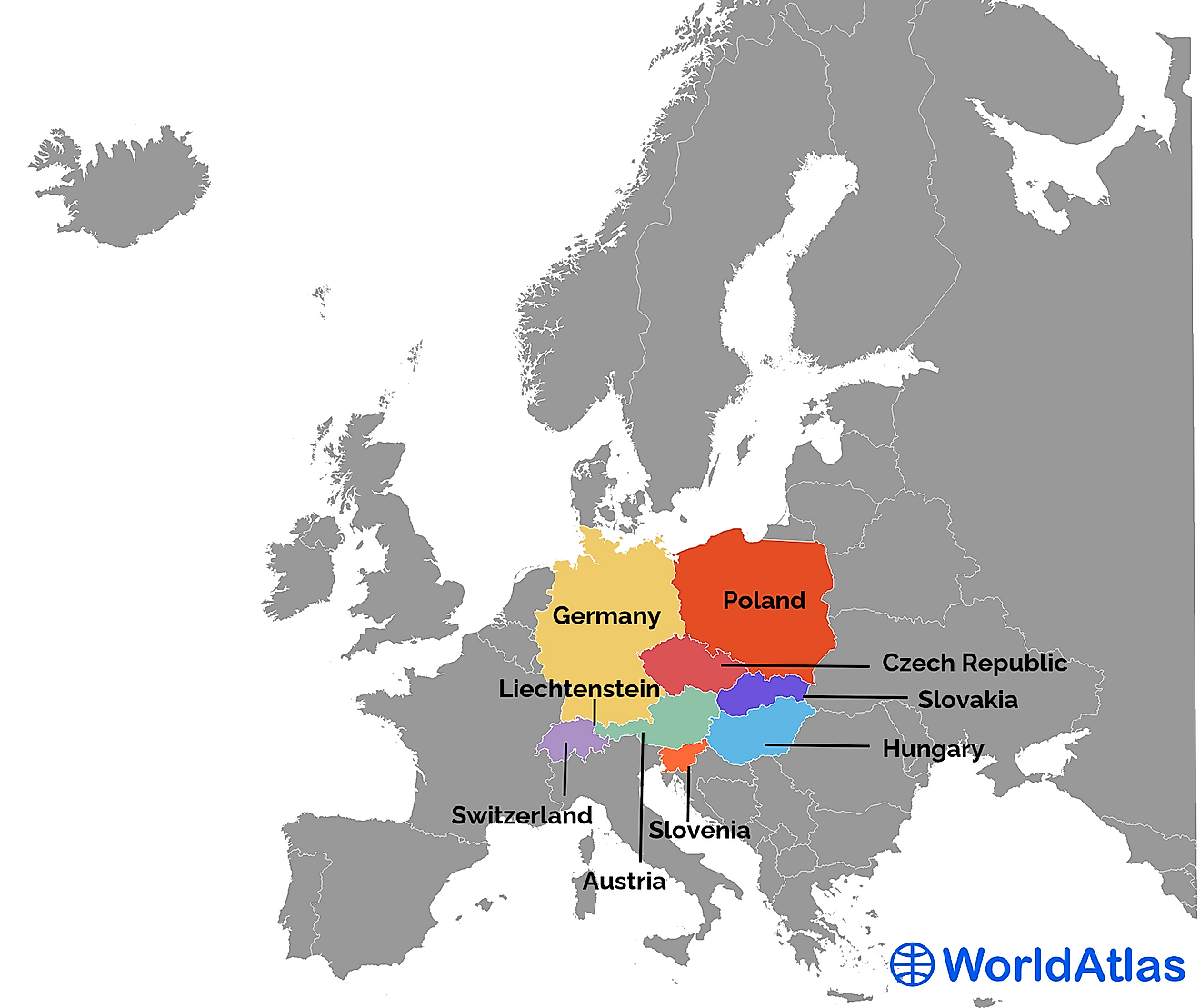The Gobi Desert
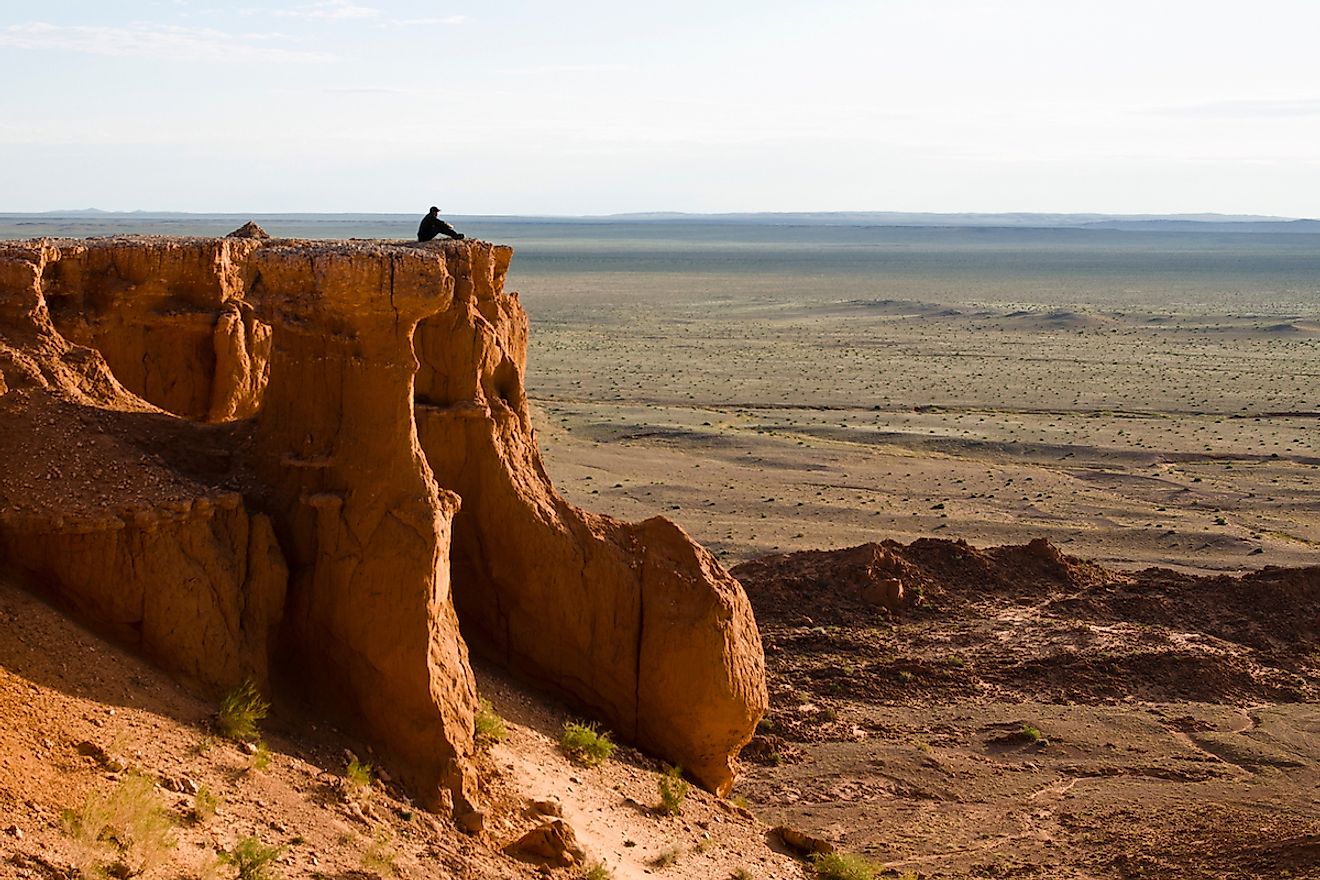
- Contrary to popular belief, only five percent of the Gobi is covered in golden sand dunes; the vast majority of the desert is an expanse of bare rock.
- During the winter months, the average temperature of the Gobi hovers around -6 degrees Fahrenheit, but can plummet as far as -40 degrees.
- The Gobi Desert originally found its place in the global spotlight for being the largest reservoir of dinosaur fossils in the world, particularly dinosaur eggs.
Content:
- Where Is The Gobi Desert?
- Topography
- Climate
- Drainage And Soils
- Plants And Animals
- Historical Significance
- Human Settlements
- Threats To The Environment And Wildlife
- Political Disputes
Where Is The Gobi Desert?

The Gobi Desert is the largest desert in Asia and the fifth largest in the entire world. It is a vast landscape, stretching 1.3 million square kilometers across northern and northeastern China, and southern Mongolia.
To the north of the Gobi lie the Altai Mountains and the Mongolian grasslands; to the southwest, the Hexi Corridor and the Tibetan Plateau; and to the southeast, the North China Plain. To the west, the snow-capped Tian Shan Mountains cut it off from the Taklamakan Desert.
Topography Of The Gobi Desert

Experts assume that the Gobi used to be fertile land long ago, but now it is nothing but arid desert. In fact, it is one of the most inhospitable and unforgiving places on our planet. Perhaps unsurprisingly, its name means “waterless place” in Mongolian.
The Gobi Desert can be cleanly divided into several distinct regions, such as the Gaxun Gobi in the west and the Alxa Plateau in the south. Some of these areas are home to the world’s highest sand dunes, with many reaching more than 300 meters. However, contrary to popular belief, only five percent of the Gobi is covered in these golden hills. The vast majority of the desert is an expanse of bare rock, ideal terrain for traveling in a vehicle.
Climate Of The Gobi Desert
The Gobi is a semiarid desert, also known as a cold-winter desert. These types of environments are defined by their long, dry summers, and frigid winters. In July, the temperature can go as high as 113 degrees Fahrenheit; however, located on a plateau 910-1,520 meters above sea level, the Gobi is also no stranger to cold weather. In the winter, the average temperature hovers around -6 degrees Fahrenheit, but it can plummet as far as -40 degrees. During this time, it is not uncommon for each sand dune to be sprinkled with a layer of frost. The Gobi is remarkable for its rapid weather changes, not just between seasons, but even on a daily basis.
In addition to being semiarid, the Gobi can also be classified as a rain shadow desert due to the fact that the Tibetan Plateau prevents rain from the Indian Ocean penetrating its borders. Most rainfall occurs in the summer, but even then, it only receives roughly two to eight inches every year. Some areas can go up to three years without any rain. Parts of the Gobi Desert can also be quite windy, particularly in the non-summer months.
Drainage And Soils Of The Gobi Desert

The dry terrain is pockmarked by small lakes that have shrunk considerably over the past 11,000 years. For example, Orog Lake and Böön Tsagaan Lake in Mongolia are nowhere as vast as they once were. Moreover, mountain streams—the ones that have not immediately dried up—are largely found on the fringes of the desert, and various rivers only appear in the summer. Despite this lack of surface water, however, underground waterflow is quite widespread.
The desert plains mostly consist of sedimentary rocks as old as 66 million years. The soil itself is usually gray, brown, or some combination of the two. Coarse gravel can also be found in various regions. When the seasonal rain evaporates in areas with clay soil, it leaves behind a layer of dried crust marred by numerous slits and cracks, forming what is known as takir, or salt flats.
Plants And Animals Of The Gobi Desert

Vegetation across the Gobi Desert is sparse, growing in regions that receive what little rain there is. Desert grass covers the lower slopes of numerous mountains, while shrub-like plants such as yellowwood bean capers grow along their bases. Other types of vegetation found across the Gobi include feather grass and saxaul. Some areas even boast herb meadows where Mongolian onions grow.
Animals that call the Gobi Desert home usually stick to the more hospitable regions. Such animals include camels, kulan, black-tailed gazelles, antelope, marbled polecats, and marmots. Over thirty species of lizards also thrive in the desert as their bodies as well-adjusted to the semiarid environment. Additionally, the Gobi is where one can find the Mazaalai, the only species of bear to live in a desert, but only fifty or so remain as they are currently close to extinction.
Historical Significance Of The Gobi Desert

The Gobi Desert originally found its place in the global spotlight for being the largest reservoir of dinosaur fossils in the world, particularly dinosaur eggs. Archaeologists have traced these remains back to the Mesozoic area approximately 252 million to 66 million years ago. The region also contains fossils from some of the earliest mammals.
The Gobi is also important for being a part of the Silk Road, a network of trade routes passing through Asia and parts of Africa and Europe. It played a vital role throughout history, particularly in the 13th and 14th centuries when the Great Mongol Empire ruled Asia. Situated along the Silk Road is the Mogao Caves, a system of 492 temples and sanctuaries of religious and cultural significance built in the 4th century. In 1987, they were designated a UNESCO World Heritage Site.
Human Settlements In The Gobi Desert

The Gobi Desert used to be home to various ancient peoples; archaeologists have found numerous remains and artifacts dating back 35,000 years. It was also the location of the Khamar monastery, a religious center that housed over 5,000 monks before it was destroyed during the religious purges of 1938. Two of the eighty temples have since been rebuilt, as well as some other buildings. A handful of lamas currently live there.
Today, the overall population density of the Gobi Desert is very small at roughly one resident per square kilometer. Because of the harsh desert environment, most individuals and families choose to live elsewhere. Those that decide to stay tend to live nomadic lives, moving from place to place, raising cattle and other animals such as cashmere goats and Bactrian camels. Sometimes herders will move several times a single year, traveling up to 190 kilometres to find fresh grazing sites. The majority of these people come from Mongolia, but some are Han Chinese, an East Asian ethnic group.
Threats To The Environment and Wildlife Of The Gobi Desert
The Gobi Desert is continuously growing at an alarming rate due to desertification, the process in which fertile land becomes dry and arid. Experts estimate that farmers lose thousands of square kilometers of grassland every year as a result of climate change, particularly that caused by human activity. This impact is hitting China the most, causing irreparable harm to the local agriculture-based economy.
Since the 1950s, the overuse of what fertile land exists on the fringes of the desert has caused a significant decrease in vegetation, resulting in the expansion of barren areas. Industrialization has exacerbated the pollution issue, contaminating groundwater and impacting the nomadic herders and their cattle. High levels of radiation have also been noted, specifically around one of China’s nuclear weapons testing sites.
Several governmental efforts have attempted to slow the destructive effects of desertification. Many have achieved varying amounts of success, but major changes have yet to occur.
Political Disputes Associated With The Gobi Desert
As a shared landscape, the Gobi Desert remains a point of heated contention between Mongolian and Chinese governmental officials, raising questions about economic development versus conservation.
The role of nature in everyday life is critical to the Mongolian worldview. They see its value existing beyond the financial, that it is something to be preserved. This is evident in the fact that thirteen percent of the country belongs to a national park and that numerous endangered species, such as the Mazaalai, receive governmental protection.
China’s attitude toward the Gobi Desert is quite the opposite. They see it as a means for economic advancement and national growth, regardless of the environmental impact. It is something to be managed—maybe even sacrificed—for the overall benefit of the country. For example, nomadic herding is restricted so that mining operations can take place, which ultimately leads to profit and the creation of jobs, but also causes pollution.
Coming to an agreement on the use of the Gobi will require delicate diplomacy and the enactment of policies that are mutually beneficial. Whether the Mongolian and Chinese governments will ever see eye-to-eye is uncertain, but until then, it will remain a hotspot for political discord.
